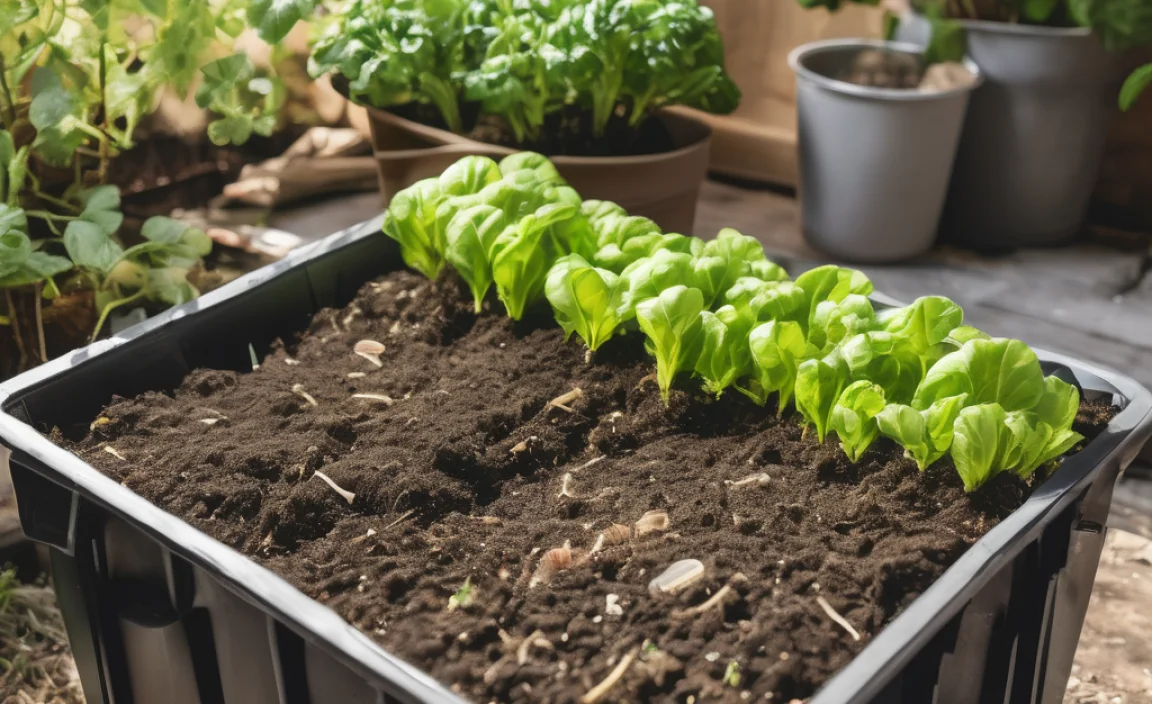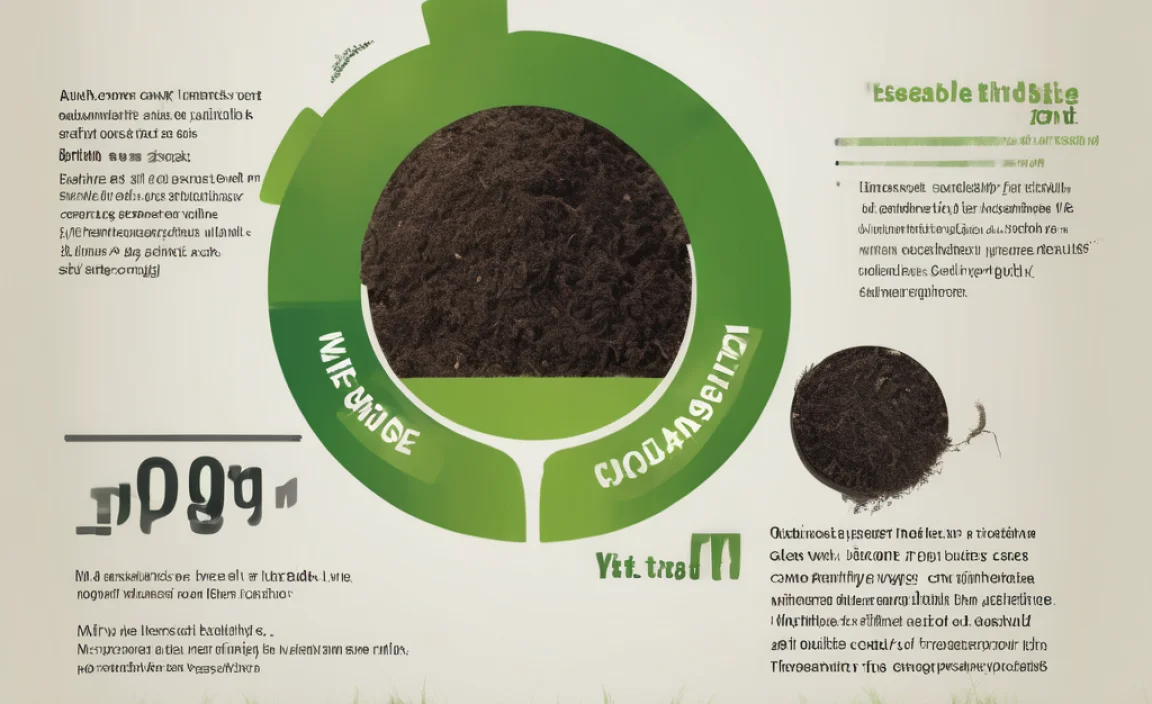Is It Okay to Pour Boiling Water Down the Sink?
Quick Summary: Sometimes. Pouring boiling water down your sink isn’t always a bad thing, but it depends on your pipes. If you have metal pipes, it’s generally okay. But, if you have PVC pipes, boiling water can soften or even melt the joints, causing leaks. Always check what kind of pipes you have before you pour!
Ever wondered if it’s okay to dump that pot of boiling water down the drain? It’s a question that pops up in every kitchen, especially when you’re rushing to clean up after a meal. You don’t want to mess up your plumbing!
Pouring boiling water down the sink seems like a quick fix. But it could cause problems depending on your pipes. We’ll walk you through what to watch out for. You’ll learn how to protect your plumbing. Ready to get started?
Understanding Your Plumbing
Knowing what your pipes are made of is super important. Different materials react differently to high temperatures. Let’s look at the most common types of pipes you might find in your home.
Types of Pipes
- PVC (Polyvinyl Chloride): These white plastic pipes are common in newer homes. They’re cheap and easy to install. But they can warp or melt with very hot water.
- CPVC (Chlorinated Polyvinyl Chloride): CPVC pipes are a bit tougher than PVC. They can handle higher temperatures. These are often used for hot water lines.
- Metal Pipes (Copper, Steel, or Cast Iron): Older homes often have metal pipes. These can handle high heat without problems.
Why Pipe Material Matters
The material of your pipes determines how well they can handle boiling water. PVC pipes aren’t designed for high temperatures. They can soften and lose their shape. Metal pipes, on the other hand, can take the heat without any issues.
The Risks of Pouring Boiling Water Down the Drain
Pouring boiling water down the drain can cause several problems, especially if you have PVC pipes. Let’s look at what can go wrong.
Damage to PVC Pipes
PVC pipes can soften and warp when exposed to boiling water. Over time, this can lead to leaks. The joints are especially vulnerable. These can loosen or even separate. This will eventually cause water damage in your home.
Softening of Pipe Joints
The joints that connect your pipes are often the weakest points. Boiling water can soften the sealant. This can cause leaks over time. Regular exposure to high heat can weaken these joints. This leads to costly repairs.
Potential for Leaks
Once the pipes or joints are damaged, leaks can start. These leaks might be small at first. But they can grow bigger over time. Leaks can cause water damage, mold growth, and other problems in your home.
When It’s Safe to Pour Boiling Water Down the Sink
In some cases, pouring boiling water down the sink is okay. Here’s when you don’t have to worry.
Metal Pipes
If you have metal pipes, you’re usually safe. Copper, steel, and cast iron pipes can handle high temperatures without any problems. These materials won’t soften or warp from boiling water.
Diluting the Water
If you need to pour hot water down the drain, dilute it with cold water first. This will lower the temperature. It makes it safer for your pipes. Run the cold water tap while pouring to mix the hot and cold water.
How to Identify Your Pipes
Not sure what kind of pipes you have? Here are a few ways to figure it out.
Visual Inspection
Take a look at the pipes under your sink or in your basement. PVC pipes are usually white plastic. Copper pipes are, well, copper-colored. Steel pipes are usually gray or black. If you see white plastic, you probably have PVC.
Check Your Home’s Paperwork
Your home inspection report or building plans might tell you what kind of pipes you have. Check these documents for details about your plumbing system. This is a reliable way to find out for sure.
Consult a Plumber
If you’re not sure, call a plumber. They can quickly identify your pipes. They can advise you on how to care for them. A plumber can also spot potential problems before they become major issues.
Alternatives to Pouring Boiling Water Down the Sink
If you’re worried about damaging your pipes, there are other ways to handle boiling water.
Let the Water Cool
The easiest solution is to let the water cool down before pouring it down the drain. This eliminates the risk of damage. It’s a simple and safe way to protect your pipes.
Pour It Outside
If you have a yard, you can pour the boiling water outside. Just make sure it won’t harm any plants or grass. Avoid pouring it near foundations or areas where it could cause erosion.
Use It for Cleaning
Boiling water can be a great cleaning tool. Use it to clean greasy pans or unclog drains. Pour it slowly and carefully to avoid splashes. Just remember to be cautious if you have PVC pipes.
Dealing with Clogged Drains
One common reason people pour boiling water down the sink is to clear a clogged drain. But is this the best approach?
Boiling Water for Minor Clogs
Boiling water can sometimes help with minor clogs caused by grease or soap buildup. The hot water can melt the grease and help it flow down the drain. But this only works for small clogs.
Better Solutions for Clogged Drains
For tougher clogs, there are better solutions than boiling water. Here are a few options:
- Plunger: A plunger can create suction to dislodge the clog. Make sure there’s enough water in the sink to cover the cup of the plunger.
- Baking Soda and Vinegar: Pour a cup of baking soda down the drain, followed by a cup of vinegar. Let it fizz for 30 minutes, then flush with hot (but not boiling) water.
- Drain Snake: A drain snake can reach down into the drain and break up or remove the clog. These are available at most hardware stores.
- Chemical Drain Cleaners: Use these as a last resort. They can be harsh on your pipes. Always follow the instructions carefully.
Check out the table below for a quick comparison of different drain cleaning methods.
| Method | Effectiveness | Safety for Pipes | Cost |
|---|---|---|---|
| Boiling Water | Minor clogs only | Potentially harmful to PVC | Low |
| Plunger | Effective for many clogs | Safe | Low |
| Baking Soda and Vinegar | Effective for many clogs | Safe | Low |
| Drain Snake | Effective for tough clogs | Safe if used carefully | Low to Medium |
| Chemical Drain Cleaners | Effective for tough clogs | Potentially harmful | Medium |
Preventative Measures
The best way to avoid problems is to prevent clogs and pipe damage in the first place. Here are some tips:
Avoid Pouring Grease Down the Drain
Grease is a major cause of clogs. Never pour grease down the drain. Instead, let it cool and solidify. Then, scrape it into the trash.
Use a Drain Strainer
A drain strainer can catch hair, food scraps, and other debris before they go down the drain. This prevents clogs and keeps your pipes clear.
Flush with Hot Water Regularly
Once a week, flush your drains with hot (but not boiling) water. This can help prevent buildup. It keeps things flowing smoothly.
Professional Maintenance
Schedule regular plumbing maintenance with a professional. A plumber can inspect your pipes. They can identify potential problems. They will keep your system in good condition.
Safety First
When dealing with boiling water, safety should always be your top priority.
Protect Yourself from Burns
Wear gloves and long sleeves when handling boiling water. This will protect your skin from burns. Pour slowly and carefully to avoid splashes.
Keep Children and Pets Away
Keep children and pets away from the area when pouring boiling water. This prevents accidents. Make sure they don’t come into contact with the hot water.
Handle with Care
Always handle boiling water with care. Use a sturdy pot or kettle. Pour slowly and steadily. Avoid sudden movements that could cause spills.
FAQ
Is it okay to pour boiling water down a plastic sink?
No, you should avoid pouring boiling water down a plastic sink. The high heat can damage or warp the plastic material, potentially leading to cracks or leaks.
Can boiling water melt PVC pipes?
Yes, boiling water can melt or soften PVC pipes. PVC is not designed to withstand such high temperatures, which can cause the pipes to deform or even break at the joints.
What temperature is too hot for PVC pipes?
Generally, temperatures above 140°F (60°C) can be too hot for PVC pipes. Boiling water, which is 212°F (100°C), is significantly higher and can cause damage.
Is it safe to pour boiling water down the toilet?
It’s generally not a good idea to pour boiling water down the toilet. The sudden temperature change can crack the porcelain bowl, especially if there are any existing hairline fractures.
How can I unclog a drain without using boiling water?
You can unclog a drain using methods like a plunger, a mixture of baking soda and vinegar followed by hot (but not boiling) water, or a drain snake to physically remove the clog.
What kind of pipes can handle boiling water?
Metal pipes made of copper, steel, or cast iron can typically handle boiling water without any issues. These materials are more resistant to high temperatures compared to plastic pipes.
How often should I flush my drains with hot water?
Flushing your drains with hot (but not boiling) water once a week can help prevent buildup and keep them flowing smoothly. This practice is especially helpful in preventing grease and soap from accumulating.
Conclusion
So, is it okay to pour boiling water down the sink? It depends on your pipes! If you have metal pipes, you’re usually in the clear. But if you have PVC pipes, it’s best to avoid it. High heat can damage those pipes. This leads to leaks and costly repairs.
There are safer ways to handle boiling water. You can let it cool. You can pour it outside. You can use it for cleaning. You can also use safer methods to unclog drains. Plungers, baking soda, and drain snakes are all good options.
Take a look at your pipes. Know what they’re made of. Follow our tips. You’ll keep your plumbing in good shape. You will avoid any unnecessary headaches. Happy plumbing!


